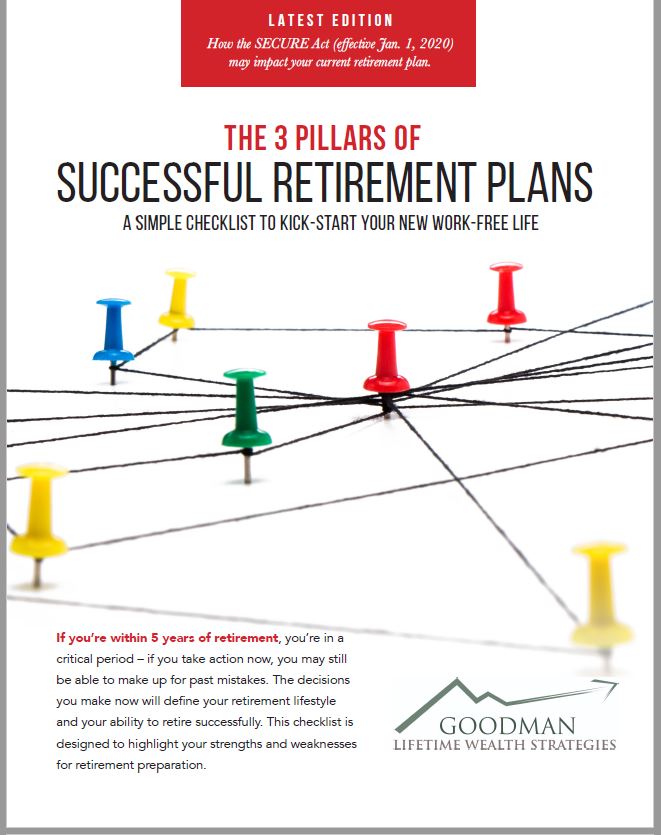Are they worthwhile alternatives to traditional LTC policies?

The price of long-term care insurance has really gone up. If you are a baby boomer and you have kept your eye on it for a few years, chances are you have noticed this. Last year, the American Association for Long-Term Care Insurance (AALTCI) noted that a 60-year-old couple would pay an average of $3,490 a year in premiums for a standalone LTC policy.1
Changing demographics and low interest rates have prompted major insurance carriers to stop offering standalone LTC coverage. As Forbes recently noted, about 750,000 consumers purchased long-term care policies in 2002; just 89,000 bought an LTC policy in 2016. The demand for the coverage remains, however – and in response, insurers have introduced new options.2
Recently, hybrid LTC products have outsold traditional LTC policies. Some insurers now offer “cash rich” whole life insurance policies with an option to add long-term care benefits. Other insurance products feature similar riders.2
As these insurance products are doing “double duty” (i.e., one policy or product offering the potential for two kinds of coverage), their premiums are costlier than that of a standalone LTC policy. On the other hand, you can get what you want from one insurance product rather than having to pay for two.3
Hybrid LTC policies provide a death benefit, a percentage of which will go to your heirs. If you end up not needing long-term care, you will still be able to justify the premiums you paid. You can also often add a rider to adjust the LTC benefits of the policy in view of inflation.4,5
The basics of securing LTC coverage applies to these policies. The earlier in life you arrange the coverage – and the healthier you are – the lower the premiums will likely be. If you are not healthy enough to qualify for a standalone LTC insurance policy, you still might qualify for a hybrid policy – sometimes no medical exam by a nurse is necessary.1,3
Hybrid policies have critics as well as fans. Their detractors point out the characteristic that puts off potential policyholders the most: lump sums are commonly required to fund them. An up-front payment in the range of $75,000-$100,000 is typical.4
Funding the whole policy with one huge premium payment has both an upside and a downside. You will not contend with potential premium increases over time, as owners of stock LTC policies often do. (Many retirees wish they could lock in the monthly or quarterly premiums on their traditional LTC policies.) On the other hand, the return on the insurance product may be locked into interest rates lower than you would prefer.4
Since the focus of a hybrid LTC policy is on long-term care coverage, the death benefit may be relatively small compared with that of a pure life insurance policy. Also, the premiums paid on hybrid policies are not tax deductible; premiums paid on conventional LTC policies are.4,5
Another reality is that many seniors have little or no need to buy life insurance. Their heirs will not face inheritance taxes, since their estates will not exceed estate tax thresholds. Moreover, their adult children may be financially stable. Providing a lump sum to these heirs is a nice financial gesture, but the opportunity cost of paying life insurance premiums may be significant.
Life insurance can play a crucial role in estate planning, however – and if a policy manages to combine life insurance and long-term care coverage feature, it may prove useful in multiple ways. If you would like professional help exploring this option (or the other multiple options) for Long-Term Care protection, call LWS (702-462-7233) and mention this article for a complimentary consultation.
This material was prepared by MarketingPro, Inc., and does not necessarily represent the views of the presenting party, nor their affiliates. This information has been derived from sources believed to be accurate. Please note – investing involves risk, and past performance is no guarantee of future results. The publisher is not engaged in rendering legal, accounting or other professional services. If assistance is needed, the reader is advised to engage the services of a competent professional. This information should not be construed as investment, tax or legal advice and may not be relied on for the purpose of avoiding any Federal tax penalty. This is neither a solicitation nor recommendation to purchase or sell any investment or insurance product or service, and should not be relied upon as such. All indices are unmanaged and are not illustrative of any particular investment.
Investment Advisory Services are offered through Brookstone Capital Management, LLC (BCM), a Registered Investment Advisor. Insurance and annuity products are provided separately through Adam Goodman.Citations.1 – fool.com/retirement/2018/02/02/your-2018-guide-to-long-term-care-insurance.aspx [2/2/18]2 – forbes.com/sites/howardgleckman/2017/09/08/the-traditional-long-term-care-insurance-market-crumbles/ [9/8/17]3 – tinyurl.com/y94mm59c [3/16/18] 4 – consumerreports.org/long-term-care-insurance/long-term-care-insurance-gets-a-makeover/ [8/31/17]5 – tinyurl.com/y7gbhr7u [10/9/17]



Leave a Reply